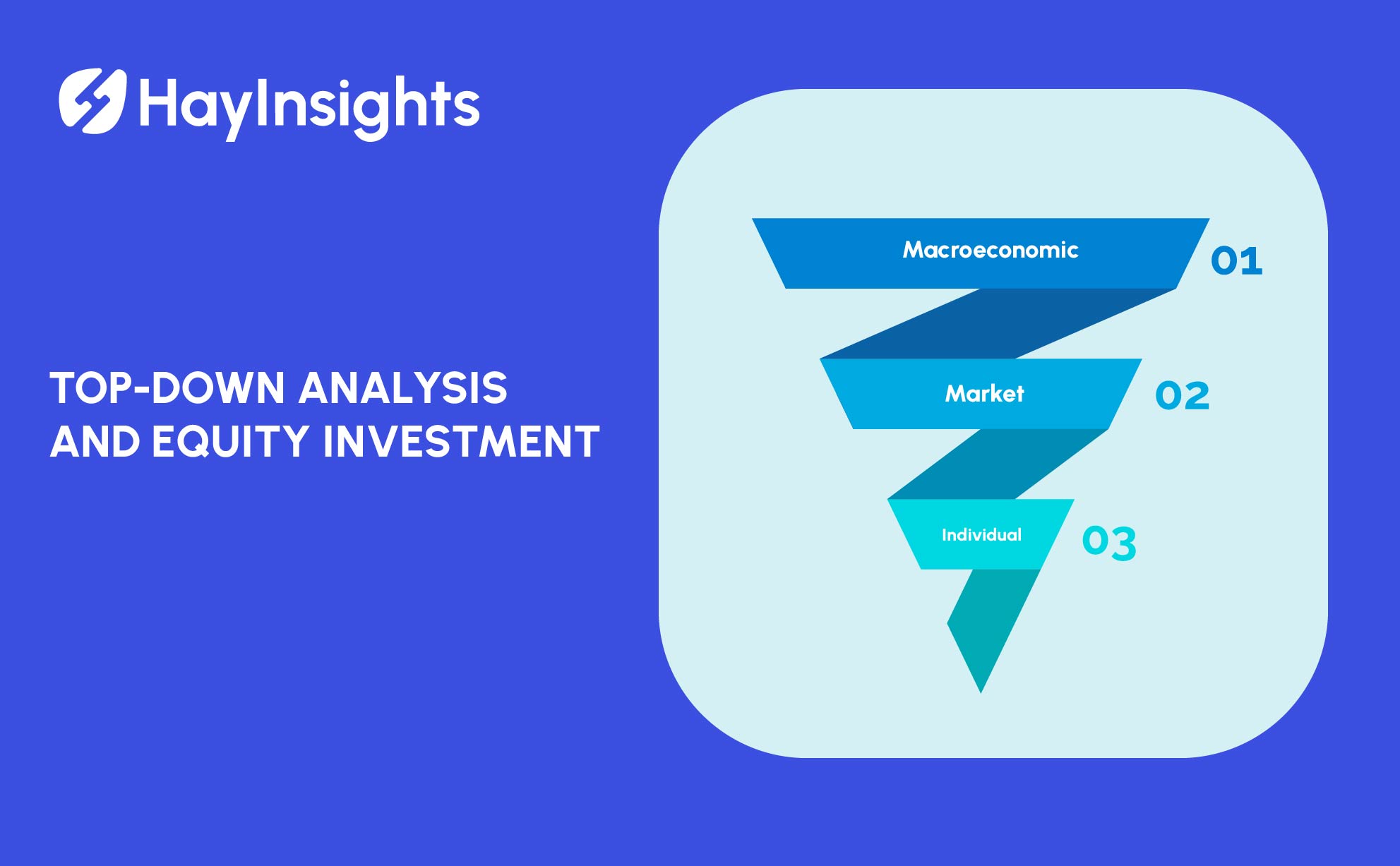
The Kakeibo Secret: Never Worry About Money Again with This Powerful Method
In a world dominated by one-tap payments and budgeting apps that promise to automate our financial lives, an century-old Japanese method is making a remarkable comeback. It requires nothing more than a notebook and pen, yet it holds the power to transform your relationship with money. This method is the Kakeibo (家計簿), the Japanese art of mindful spending and saving. Far more than a simple budgeting system, it’s a meditative practice that fosters a deep understanding of your financial habits, helping you save money, reduce waste, and achieve your long-term goals. If you’ve felt disconnected from your finances, overwhelmed by complex spreadsheets, or simply unable to make your savings stick, this traditional approach might be the key to unlocking true financial wellness.
What is the Kakeibo Method and Where Did It Come From?
The term Kakeibo literally translates to “household finance ledger.” At its core, it is a physical, pen-and-paper system for meticulously tracking income and expenses. But to label it as just another ledger would be to miss its soul. This is a framework designed to promote conscious spending through the act of physical record-keeping. The philosophy is simple: the tactile process of writing down every single purchase forces you to pause and acknowledge where your money is going, creating a powerful mental link that digital tools often fail to replicate.
This innovative approach was developed in 1904 by Hani Motoko, a trailblazing figure often cited as Japan’s first female journalist. At a time when financial education for women was scarce, Motoko created this system to empower them with the tools to manage their household finances effectively. She published it in a women’s magazine, and its simplicity and effectiveness led to its widespread adoption across Japan. For over a century, it has been a cultural staple, a testament to its timeless wisdom in a world of ever-changing financial landscapes.
The Four Pillars: The Core Questions of this Japanese Art of Saving
The practice is built upon a foundation of monthly reflection. At the start of each month, you don’t just set a budget; you set an intention. This is done by thoughtfully answering four fundamental questions:
- How much money do I have available? This is your starting point. It’s calculated by taking your total monthly income and subtracting any fixed expenses, such as rent or mortgage payments, loan repayments, and recurring bills. This gives you the clear amount you have to work with for the month.
- How much would I like to save? Before you even think about spending, you set a concrete savings goal. This simple act shifts the entire dynamic of your finances. Saving becomes a priority—a non-negotiable—rather than an afterthought.
- How much am I spending? This is the daily practice of the system. You diligently log every single purchase, no matter how small. From your morning coffee to a major purchase, everything is written down.
- How can I improve? At the end of the month, you review your ledger. You compare your actual spending against your goals and reflect on your financial choices. This isn’t about judgment; it’s about awareness and identifying areas for positive change in the next month.
Simplifying Spending: The Four Categories
One of the most elegant aspects of this Japanese budgeting system is its simple approach to categorization. Instead of getting lost in dozens of complex spending categories, it streamlines your expenses into four essential pillars. This makes tracking less of a chore and analysis more intuitive.
1. Survival: Your Essential Needs
This category encompasses everything you absolutely need to live. These are your non-negotiable expenses.
- Housing: Rent or mortgage payments.
- Groceries: Food and drink consumed at home.
- Utilities: Electricity, water, gas, and internet.
- Transportation: Costs to get to work or run essential errands.
- Medical: Essential medications and doctor visits.
2. Optional: The Wants and Lifestyle Choices
This category is for non-essential purchases that enhance your life but are not critical for survival. This is often the most insightful category for identifying areas to cut back.
- Dining Out: Restaurants, cafes, and takeout.
- Shopping: New clothes, gadgets, and hobby items.
- Entertainment: Subscriptions like Netflix, concert tickets, and social outings with friends.
3. Culture: Investments in Yourself
This category is dedicated to expenses that enrich your mind and personal growth. It recognizes that spending on self-improvement is a valuable investment.
- Books: Both physical books and e-books.
- Museums and Art Galleries: Admission fees.
- Classes: A new language course, a pottery workshop, or a fitness class.
- Theater and Concerts: Cultural performances.
4. Unexpected: Life’s Curveballs
This category is for all the unforeseen expenses that crop up. By having a specific place to log them, you become more aware of how often these “surprises” occur, which can inform your emergency fund strategy.
- Medical Emergencies: Unexpected trips to the doctor or dentist.
- Urgent Repairs: A car breakdown or a home appliance failure.
- Gifts: Last-minute birthday or wedding gifts.
Why Does a Pen-and-Paper System Work in a Digital Age?
In an era of automation, the idea of manually writing down expenses can seem archaic. However, the power of the Kakeibo method lies precisely in its physicality. The act of writing engages your brain on a different level than simply tapping a screen or letting an app categorize a transaction for you.
This manual process creates a “mindful spending gap.” When you know you’ll have to write down a purchase later, you’re more likely to consider it carefully. Do you really need that third coffee of the day? Is that impulse buy online worth the effort of logging it in your journal? This deliberate friction slows down the consumption process and bridges the gap between your actions and your financial goals. It transforms budgeting from a passive activity of observation into an active, engaged practice of intention.
The Broader Philosophy: Embracing Japanese Wisdom
The success of this financial ledger is amplified when understood through the lens of related Japanese cultural concepts that promote a mindful and sustainable lifestyle. These philosophies are not rules but mindsets that complement the practice perfectly.
-
Mottainai (もったいない): This powerful cultural concept conveys a sense of deep regret concerning waste. “Mottainai” applies to everything: wasting food, resources, time, and, of course, money. Embracing Mottainai encourages you to find value in what you already own, to repair things instead of replacing them, and to use your money in the most purposeful way possible. It’s the voice in your head that asks, “Is this purchase a truly good use of my hard-earned money?”
-
Kaizen (改善): Known globally as a business philosophy for continuous improvement, Kaizen is equally applicable to personal finance. It champions the power of making small, incremental changes over time. Instead of making drastic budget cuts that are difficult to sustain, Kaizen encourages you to find small, manageable ways to improve each month. Perhaps you cut back on one streaming service or make coffee at home twice a week. These small wins build momentum and lead to significant long-term financial transformation without feeling overwhelming.
Getting Started: Your Practical Guide
Ready to embrace this mindful approach to your finances? Starting is simple.
- Get Your Tools: All you need is a notebook and a pen. You can purchase a dedicated ledger, but any blank notebook will work perfectly. The key is to have a physical space dedicated to your finances.
- Set Your Monthly Plan: At the beginning of the month, sit down with your notebook. Calculate your available income and set your savings goal. Write these two numbers prominently at the top of the page.
- Track Diligently: Carry your notebook with you or make it a habit to log your expenses every evening. Be honest and record everything. Categorize each purchase into one of the four pillars: Survival, Optional, Culture, or Unexpected.
- Review and Reflect: At the end of the month, tally up your spending in each category. How did you do? Did you meet your savings goal? Use a different color pen to jot down your reflections. What were your successes? Where did you struggle? What one or two small changes can you make next month?
- Embrace Imperfection: Your first month won’t be perfect, and that’s okay. The goal isn’t flawlessness; it’s awareness. The practice is a journey of continuous learning and improvement, not a test you can fail.
By embracing the Kakeibo method, you are doing more than just budgeting. You are embarking on a journey of financial self-discovery. You are choosing intention over impulse, awareness over automation, and long-term well-being over short-term gratification. In a world that constantly pushes us to spend more, this quiet, century-old practice offers a powerful and deeply rewarding path back to financial control and peace of mind.













